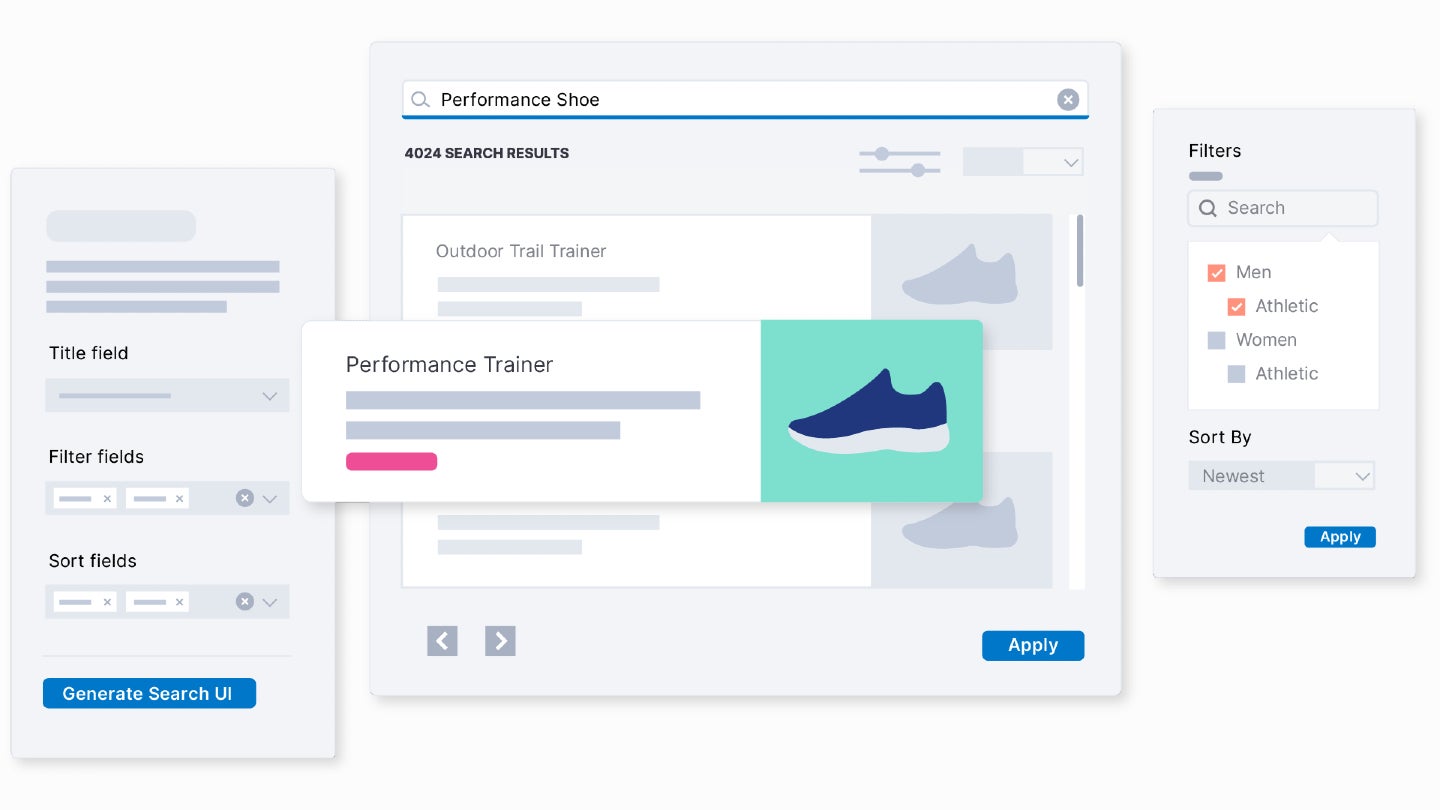
The continued emergence of artificial intelligence (AI) – and of large language models (LLMs) in particular – is now revolutionising how organisations can search their own data, according to industry leader Elastic.
“It’s really reinvigorated the interests of and the desire for companies to make sure that they are indexing all of the vast amount of data inside of their company so that they can ask it questions,” Matt Riley, Elastic’s group vice president and general manager of search, tells Verdict. “Because now, it’s not quite as laborious of a process to sift through it, even if you’re getting the most relevant results.”
Although most people will not be familiar with Elastic, they probably use one of its products multiple times a week. The US-based company provides observability for apps and infrastructure, security for protecting analytics for protecting against cyber threats and, most visibly, search solutions for use within companies. Wikipedia, BMW, Comcast, Cisco and RWE are among its clients, and it works with half of the Fortune 500.
Founded in 2012, it has grown with the internet in “kind of in the same way that Google came about”, according to Riley, as the proliferation of data necessitated tools to sort through it.
“At that point, the amount of unstructured data inside of companies was starting to grow and grow and grow, whether it was the data for a really large website that needed to be searched over or all your infrastructure – logging and metrics and all of that.”
The product the company is perhaps best known for is its search offering. In short, if Google helps users to find the company website they need, Elastic Search helps them to search the site itself.
How well do you really know your competitors?
Access the most comprehensive Company Profiles on the market, powered by GlobalData. Save hours of research. Gain competitive edge.

Thank you!
Your download email will arrive shortly
Not ready to buy yet? Download a free sample
We are confident about the unique quality of our Company Profiles. However, we want you to make the most beneficial decision for your business, so we offer a free sample that you can download by submitting the below form
By GlobalDataElastic describes its search product as combining “out-of-the-box semantic search, advanced relevance and data retrieval”. In simple terms, this means that it is very effective at helping website users find what they are looking for. This is crucial for the likes of B2C retailers, carmakers and media and entertainment companies as, in Elastic’s words, it helps to “turn browsers into buyers”.
“Elastic Search has grown tremendously over the course of the last decade,” says Riley. “There have been over 4 billion downloads of the product up to this point, making it probably one of the most widely used and widely downloaded open-source products in the world.”
He puts its growth down to the search product being “highly scalable, easy to use and easy to get started with”.
Last week (30 May), the company announced its full-year results for 2023-24, with revenue up 19% year on year to a cool $1.3bn. Earlier in May, it had announced to much fanfare its new “AI Lake” architecture, which it says allows for “decoupling storage and compute” so that the two can be scaled separately.
The impact of AI on search
All of this is to say that, as an outfit that now positions itself as “The search AI company”, Elastic has a deep understanding of what the emergence of AI has to offer search – and is making a success of harnessing it. Riley points specifically to the evolution of search on company websites.
“If you think back 10 years ago, the user experience was that you got back a bunch of search results,” he says. “If things are done well, you’re going to get high-quality search results. It’ll be relevant, but you’re still clicking through. You click through to the result, and you read it, and you click through the second result, and you read it. The answer might be scattered across three or four different systems or in three or different for different documents.
“What has changed with LLMs and some of the new emerging workflows with AI is that we’re still doing that retrieval on the back end but, rather than showing you a list of search results that you can click on, now, we’re providing those search results to the LLM and the LLM is reading them and doing the interpretation to like very directly answer your question – whether it got the context from a single document or from across 10. That’s kind of the magic of what it can do.”
While this can improve the search experience on company websites for users, which often can be understandably lacking when compared to the Googles and Bings of the world, its use cases need not stop there. The same principles can be applied to interrogating a company’s data for observability or security purposes.
“I think search has evolved quite a lot over the last 10 years,” says Riley. “Certainly, in the last few, the rate of change has accelerated. With the introduction of more AI-related capabilities in search, we’re starting to see companies be able to build more and more sophisticated search systems themselves with perhaps smaller search teams …
“It’s really kind of democratised access to a lot of those capabilities, and that’s something that we’re trying to help facilitate as well at Elastic to make sure that we’re continuing to bring those newer technologies into the product so that our existing distribution benefits from all these new emerging capabilities that are now just now becoming possible.”







